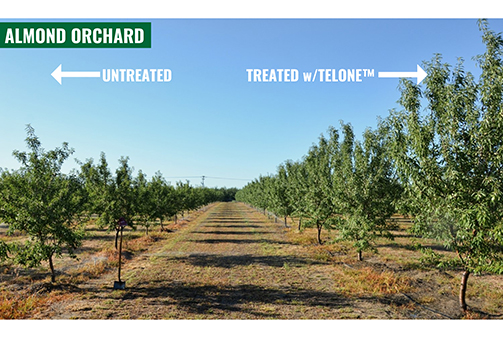When Vents in Polytunnels Make the Most Sense for Berry Crops

Effective venting management polytunnels successfully manipulates the crop timing of berries, leading to increases in yield and quality, says Richard Mills, the Managing Director at U.K.-based Haygrove Growing Systems.
“The option of being able to control what’s going on within the environment in which the plants are exposed increasingly becomes something that we want to have more control over rather than just putting tunnels into fixed venting positions or having a fixed environment within your growing area,” Mills told attendees of the North American Raspberry and Blackberry Association annual conference.
Haygrove, in addition to manufacturing polytunnels, operates berry, cherry, and organic farms in South Africa, Portugal, China, and its native United Kingdom. Not surprisingly, the company is “no longer growing anything that doesn’t have a vented option under tunnel,” Mills says, “because we don’t believe in leaving yield on the table.”
CORE BENEFITS
Mills lists four reasons to use vents in tunnels. Temperature management is the most commonly understood of those, yet more impactful is the control of humidity, he says.
“I think what we’re seeing increasingly within any growing environment within the states or globally is the real range of climate — due to climate change, environmental change, and the needs of different genetics,” Mills says. “That range is getting bigger. We see more extreme temperature volatility. We see different levels of humidity. Some of those are unprecedented in some areas.”
The remaining two reasons to consider venting revolve around stimulating transpiration and refreshing carbon dioxide. The topic of transpiration rates becomes even more relevant when substrate growing is considered.
“When we get out of soil and we’re getting into a neutral growing medium, being able to stimulate transpiration or reduce transpiration, depending on what we’re trying to achieve in our plants, can easily be achieved within airflow movements while getting the optimal flow of nutrients through plants,” Mills says.
With regard to CO2 injection, there are different ways to manage CO2 levels, Mills says, “and the one thing we would advocate is that the most commonly economic way to refresh CO2 is simply to allow more air movement through your tunnels.”
When it comes to controlling the three basic elements of generating sugar sweetness levels in berries — CO2, water, and sunlight — airflow management is “probably the most cost-effective way to manage the relationship between, certainly, the first two of those (elements),” Mills says. “It’s not simply about temperature, up or down.”
TYPES OF POLYTUNNEL VENTING
There are a multitude of ways to move air through a tunnel, some of which require more labor, others of which are more expensive, Mills says. Those include:
- Manual venting – Polythene is pushed up the hoops by hand and fixed in position.
- Mechanized venting – Vents can be opened by a manual or electric gearbox operated by an individual.
- Automated venting – Vents are connected to a climate-control computer and open and close based on set parameters. This ensures venting is done at the optimal moment and with sufficient frequency, without accumulating labor costs throughout the season.
- Permanent venting – Vents are set open throughout the season for continual air exchange.










